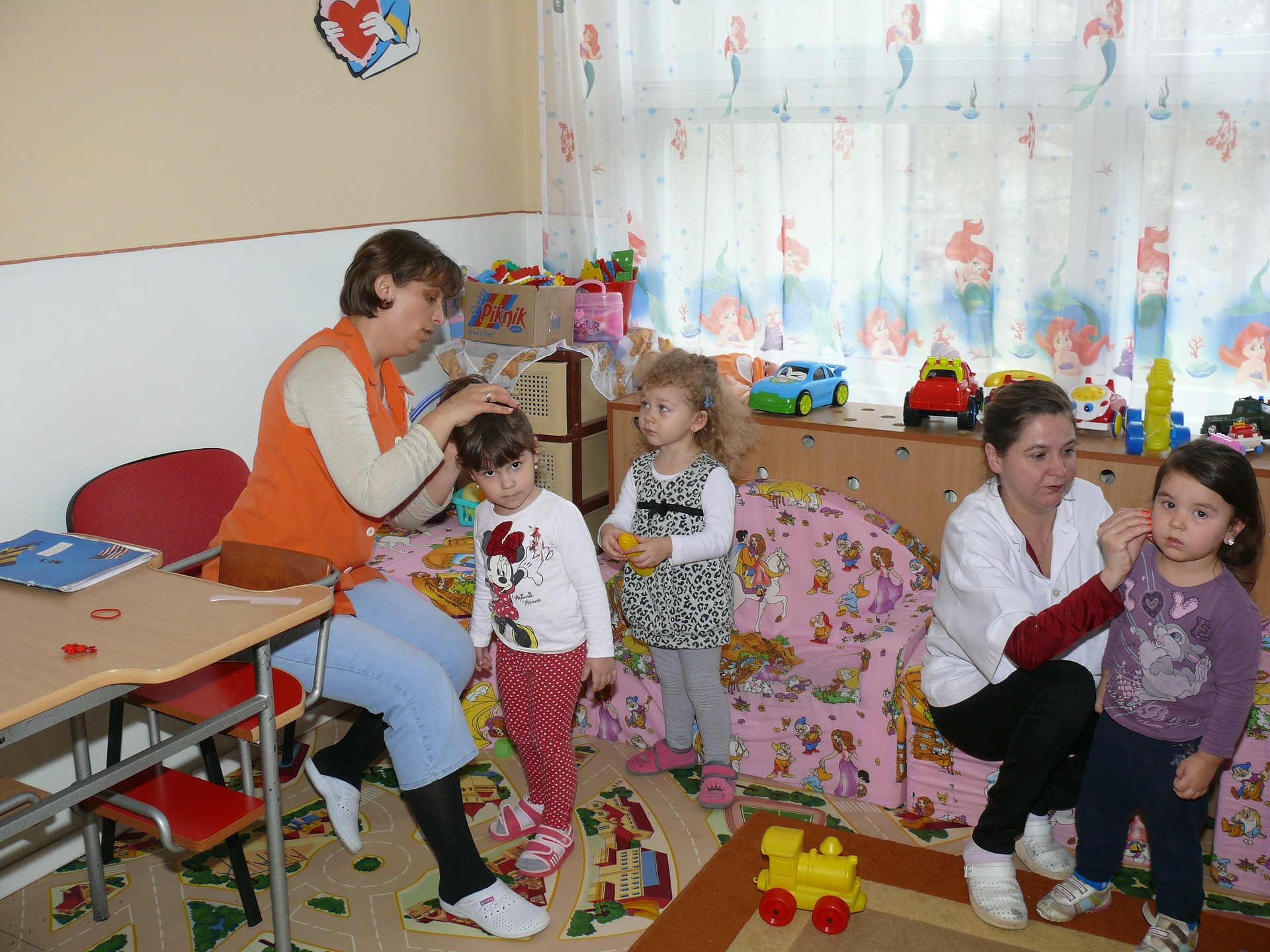
Currently, little is known about the effects of indoor climate, human activity, ventilation, and air filtration on the detection and concentration of respiratory pathogens. The capacity to quantify bioaerosols in indoor air to monitor respiratory infections and transmission risk is hampered by this lack of knowledge and hence requires extensive research.
About the study
In the present study, researchers pinpoint the host, pathogen, behavioral, and environmental variables that are associated with a higher respiratory pathogen bioaerosol burden in indoor ambient air.
Between October 2021 and April 2022, the team collected 341 ambient air samples at 21 sampling locations. By treating the quantitative polymerase chain reaction (qPCR) results of each pathogen in a sample as a single observation, the team examined the independent impacts of a variety of variables on airborne pathogen detection and concentration. The generated models had within-sample correlation adjustments and included pathogen type as a covariate.
Read more...







